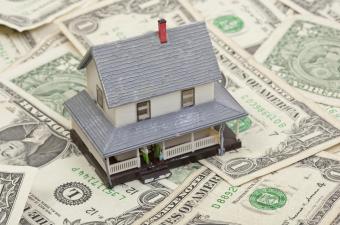 The homeownership rate in America rose by 60 basis points in the third quarter [1], up from its 51-year low of 62.9 percent set in Q2.
The homeownership rate in America rose by 60 basis points in the third quarter [1], up from its 51-year low of 62.9 percent set in Q2.
The nation's dismal homeownership rate has set off several discussions among those in the industry on what can be done to put homeownership within reach of more Americans. Making it easier for first-time buyers and millennials to obtain a mortgage loan has been high on the list of priorities for increasing homeownership. Redfin recently published a report [2] stating that the challenges facing first-time buyers and millennials that want to own a home are starting to ease—namely the down payment, since more agents are reporting that more and more buyers are having success with low down payment programs.
Redfin Chief Economist Nela Richardson also noted that there are fewer bidding wars, reducing the need for a buyer to purchase at a price significantly above the listing price, and that the pace of the market is slowing, allowing buyers to be more patient.
But obstacles remain, according to National Association of Realtors (NAR) President William E. Brown at an NAR event in Washington, D.C. earlier this week [3].
“It’s tough out there right now for buyers, especially in many of the red-hot markets around the country where competition is the fiercest,” Brown said. “Thankfully, we know there are ways to help consumers. Addressing the growing student loan burden, widening the credit box for strong buyers, building more homes that meet the demand of lower and middle-income buyers—these are among the many steps we can take to clear the pathway to homeownership.”
Nobel Prize Laureate Robert Shiller [4], who headlined the NAR event on homeownership, stated that building costs, population trends, or interest rates are not responsible for ongoing home price appreciation, which has reached 50-plus consecutive months. Instead, Shiller noted that the “changing narrative and the stories that go along with it” are responsible for rising home prices—for example, he said homebuyers in during the bubble years expected home values to increase at a rate of 13 percent annually, but that expectation has been lower in recent post-recession years.
“That’s why I don’t think we’re in a bubble now,” Shiller said. “It’s not as it was in 2004.”
NAR Chief Economist Lawrence Yun noted that age 65 and older homeowners are building up tremendous wealth because many of them have paid off their mortgages, while buyers under age 35 typically “feel they are being left out.” Yun also noted that while underwriting standards were too loose prior to the recession, he believes now lenders are being too strict with underwriting standards, which “can put homeownership out of reach for even strong buyers in some circumstances.”